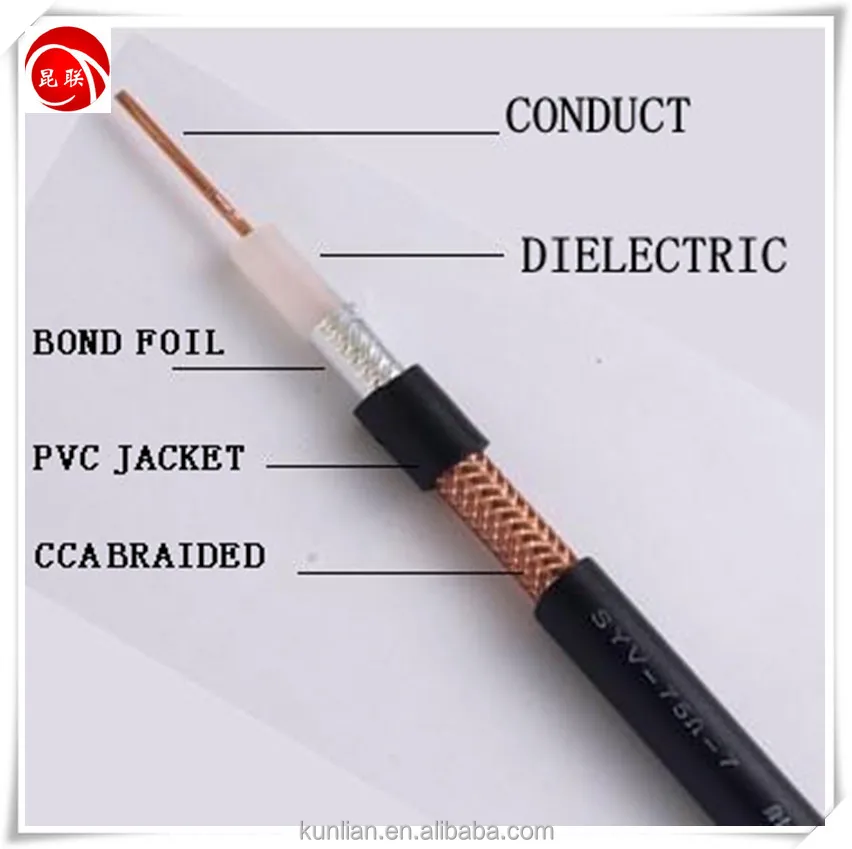TRANSMISSION MEDIA

CHARACTERISTICS OF CABLES :-
1. Segment length - length of single wire
2. Attenuation - indicated loss f signals
3. Bandwidth - Amount of data carried by cable
4. Number of segments - Maximum number of segments in network
5. Cost - copper cables are cheapest , fiber optics cables are expensive
6. Interference susceptibility & crosstalk - Defines concept of electronic interference on cable
TYPES OF CABLES :-
1. Coaxial cable
* Consist of a solid copper core surrounded by an insulator mainly made up of poly vinyl chloride (PVC) or Teflon
* Coaxial cable are less prone to interference (both internal & external )
coaxial cable is devided in 4 types :-
1. RG58
* Maximum segment length is 200 meters
* Interference protection is better than twisted pair cables
* Offers resestance of 50 ohms
* BNC-T connector is used to connect this cable
* Used in thinnet (10base2) network
* Mostly used in changing enviroments

2. RG8
* Maximum segment length is 500 meters
* Interference protection is good compared to any copper cable
* Offers resistance of 50 ohms
* BNC-T or vampire tap connector is used to connect this cable
* Used in 10base5 network
3. RG6
* Broadband quad-shielded cable that offers an impedance of 75 ohms
* provides lower attenuation characteristics
* Useful in cable TV, CCTV & satellite dish antenna

4. RG59
* Solid conductor is surrounded by a foam polyethylene dielectric
* Offers impedance of 75 ohm
* Useful in security camera, cableTV & home theatere

1. unshielded twisted pair cable (UTP)
* Wound with each other
* Affected by RFI ,EMI & Crosstalk
* Resistance is 50 ohms
* Segment length is 100 meter
* Wound with each other
* Affected by RFI ,EMI & Crosstalk
* Resistance is 50 ohms
* Segment length is 100 meter
2. shielded twisted pair cable
* Wire wound around each other is placed inside shield
* Better protection from RFI , EMI as compared to UTP
* Resistance is 50 ohms
* Segment length is 100 meter
Fiber optic Medium :-
* Consists of center glass surrounded by cladding
* Electrical signal are converted into light signals
* A phenomenon called as total internal reflection is used for transmission
* LED or laser is used to transmit signal
* Bandwidth - carries large amount of data ranging from 100Mbps to 1Gbps
* Segment length - transmits data signals over larger distance
* Interference - no electric signals pass through these type of cables thus providing security
* Better protection from RFI , EMI as compared to UTP
* Resistance is 50 ohms
* Segment length is 100 meter
Fiber optic Medium :-
* Consists of center glass surrounded by cladding
* Electrical signal are converted into light signals
* A phenomenon called as total internal reflection is used for transmission
* LED or laser is used to transmit signal
* Bandwidth - carries large amount of data ranging from 100Mbps to 1Gbps
* Segment length - transmits data signals over larger distance
* Interference - no electric signals pass through these type of cables thus providing security
Fiber optic cable are of 2 typed
1. Single mode Fiber optic cable
* A type of cable that has only a single strand of glass fibre with a thin diameter
* Fiber optic cable that use lasers are known as single mode cable
2. Multi mode Fiber optic cable
* A type of cable that contains a glass fibre with a larger diameter
* It is a 62.5/125 micrometer fiber cable
Fiber optic cable connector :-
* Straight tip (ST) - joins individual Fiber to optical devices
* Subscriber connector (SC) - Attaches two fibre to send and receive signals
* Medium Interface connector (MIC) - Joins Fiber to FDDI controller
* Sub miniature type A (SAM) - Uses individual connector for each fiber stand
* Fiber jack - Attaches two fibers in snap lock connector
Wireless medium :-
* Unguided form of transmission medium
* Transmitters and receivers are used to send and receive signals
* Involves use of electromagnetic waves such as microwave, infrared , radio waves etc
* Wireless medium is useful in connecting large geographical areas
Radio waves :-
* Line of sight between devices is not a required
* Frequencies used are
1. VLF (very low frequency)
2. LF (low frequency)
3. MF (medium frequency)
4. HF (high frequency)
5. VHF (very high frequency)
6. UHF (ultra high frequency)
7. SHF (super high frequency)
8. EHF (extremely high frequency)
Microwave :-
* High frequency EM wave that is used for point to point communication
* Microwave category ;-
# Terrestrial - Relay towers are used to transmit radio signals between earth stations
# satellite - Radio signals are transmitted between different base stations using satellites
Infrared transmission :-
* Uses infrared light for transmission and reception of signals
* Line of sight must be maintained between the devices
* Mainly used in LAN environment
* LED or injection laser diode (ILD) is used to transmit information and photodiode are used to receive the signals
*Media comparison*










Comments
Post a Comment